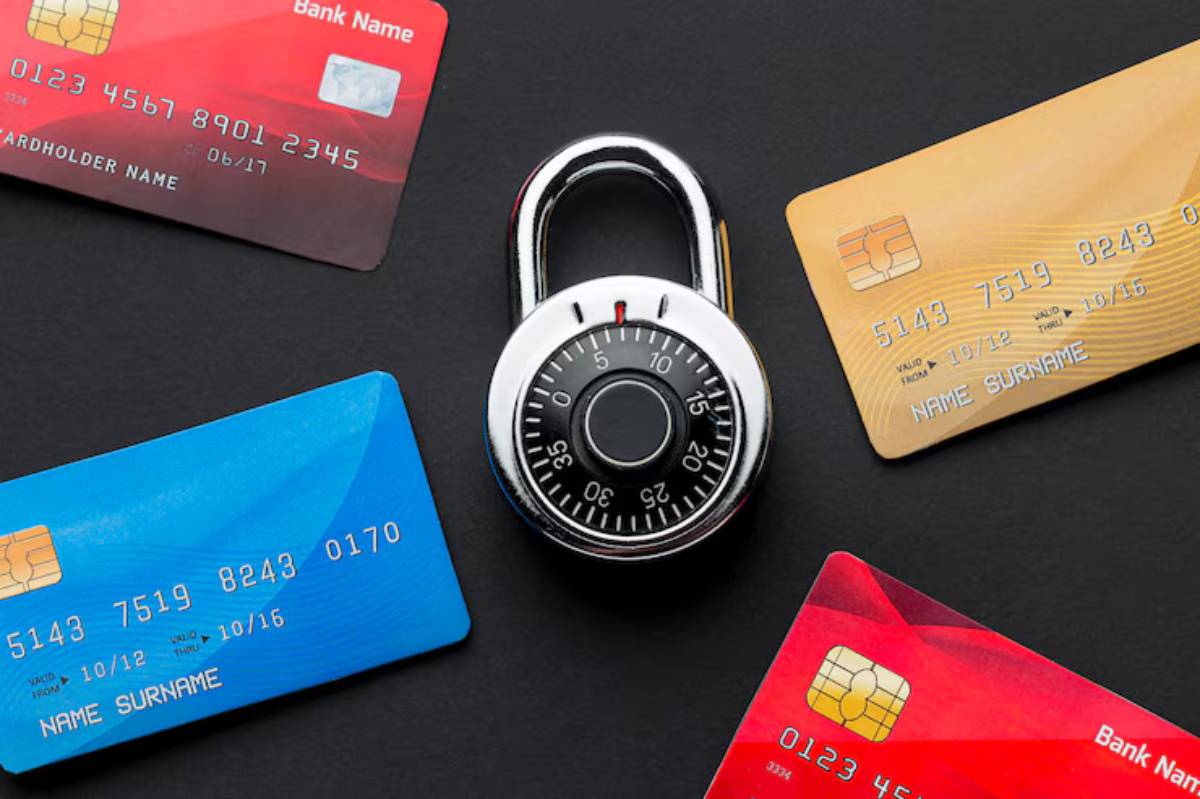
Length of Credit History: Why It Matters
When it comes to building a strong credit score, most people focus on paying bills on time or keeping balances low. While those habits are essential, there’s another important piece of the puzzle that often gets overlooked: the length of your credit history.
The age of your credit accounts plays a quiet but steady role in shaping your financial reputation. It doesn’t change overnight, but over time, it helps lenders trust you more.
In this guide, you’ll learn what credit history length really means, how it affects your score, and smart strategies to help you improve your credit age as part of your long-term credit-building plan.
What Is Credit History Length?

Your credit history length refers to how long you’ve had active credit accounts. This factor looks at more than just the oldest account on your report — it also considers how recently you’ve used your credit and the average age of all your accounts.
Here’s what’s measured:
- Oldest account age
- Newest account age
- Average age of all accounts
- How long individual accounts have been open
- How long has it’s been since each account was used
How Much Does Credit Age Affect Your Score?
In most credit scoring models, credit history length makes up around 15% of your total score. That might not sound like much, but when combined with other positive behaviours, it can make a noticeable difference.
Here’s why it matters:
Lenders see a longer history as less risky
You’ve proven that you can manage credit over time, not just for a few months.
It helps balance other score factors.
Even if you’ve made a few mistakes, a long credit history shows you’ve had more opportunities to get it right.
It adds stability to your profile.
A credit file with older accounts suggests that you’re financially grounded.
What Counts Toward Credit Age?
Let’s break down what actually gets included in your credit age calculation:
| Factor | Included in Credit History Length? |
|---|---|
| Credit cards | ✅ Yes |
| Personal loans | ✅ Yes |
| Car finance and mortgages | ✅ Yes |
| Closed accounts (with history) | ✅ Yes (up to 10 years) |
| Utility bills or subscriptions | ❌ Not unless reported |
| Buy Now, Pay Later (BNPL) services | ❌ Only if reported |
So if you opened your first credit card five years ago and your second one last year, your average age will be around three years.
Why You Should Start Building Early
Even if you don’t plan to borrow money soon, starting your credit journey early gives you a head start on the score factors that rely on time.
Here’s what an early start helps you do:
- Build credit quietly in the background
- Qualify for lower rates on loans later
- Avoid needing a co-signer
- Look better to landlords, employers, and lenders
If you’re serious about improving your credit, check out this: Managing Debt Responsibly
How to Improve Your Credit History Length
Because time is a major factor, you can’t rush this part of your credit profile — but you can avoid mistakes that slow it down.
1. Keep Old Accounts Open
Even if you don’t use them often, keeping older accounts open helps boost your average credit age.
Only close a card if it charges a fee or is risky to manage. Otherwise, let it add quiet value in the background.
2. Use Your Oldest Accounts Occasionally
If an account is unused for a long time, the lender may close it. To keep it active:
- Make a small purchase every few months
- Set up a recurring subscription
- Pay it off immediately to avoid interest
3. Avoid Opening Too Many New Accounts
Every time you open a new account, it lowers your average credit age, at least for a while.
If you’re building your score, open new credit carefully and only when needed.
4. Consider Becoming an Authorised User
If someone you trust has a well-managed, long-standing credit card, you can ask to be added as an authorised user. Their account age could help lengthen your own credit history.
Just make sure they have good credit habits — their mistakes could show up on your report too.
5. Let Closed Accounts Age Gracefully
When you close a credit card in good standing, it can stay on your report for up to 10 years. That history still benefits your credit score, even if the account is no longer active.
Common Mistakes to Avoid
Improving your credit history length isn’t about doing more — it’s about doing less of the wrong things.
Here are a few things to watch out for:
Closing Your First Credit Card
Your oldest card adds serious value to your profile. Keep it open unless absolutely necessary.
Opening Too Many Cards Too Quickly

Applying for multiple cards in a short span lowers your average account age and adds hard inquiries to your report.
Not Checking Your Report
If an account falls off your report early due to inactivity or an error, your average credit age may drop.
Ignoring Dormant Accounts
Unused accounts may be closed by the issuer, especially if they have no activity for 12 months or more.
Does Credit Age Really Make a Big Difference?
Yes — especially in the long run.
Here’s how credit history length interacts with other score factors:
- It balances newer mistakes (like a late payment)
- It builds trust with lenders
- It helps qualify you for top-tier credit cards or loan rates
People with excellent credit scores often have 10+ years of credit history, not because they’ve done more, but because they’ve managed credit longer.
Real-World Example
Meet Sarah.
She got her first credit card at 18 and used it for a phone bill each month. She always paid on time, never carried a balance, and kept the account open.
Now at 28:
- Her credit history spans a full decade
- She qualifies for a mortgage with a competitive rate
- Her credit age offsets small dips from other accounts
Build Your Credit History with Patience
Your credit history length may not give instant results, but over time, it adds strength and stability to your financial profile. A long, positive history shows lenders that you’re dependable and experienced with credit.
You can’t speed up time, but you can make sure you’re using it wisely. Keep old accounts open, avoid unnecessary new ones, and manage what you already have with care.


